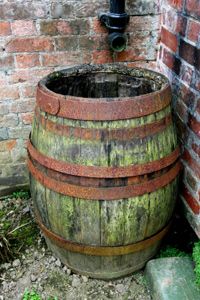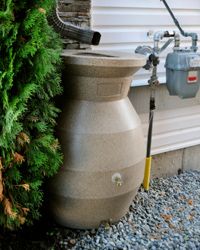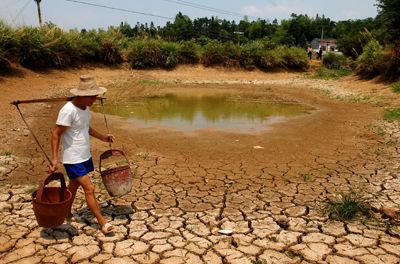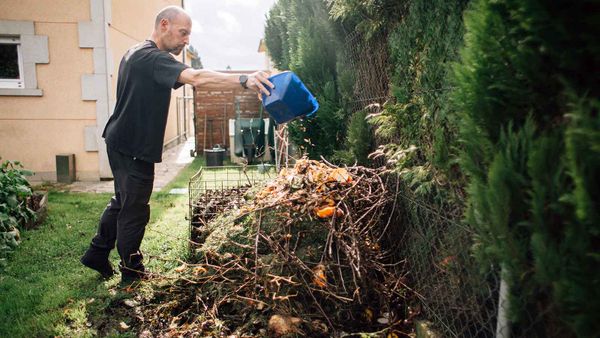We have evidence that collecting rainwater in cisterns was a common practice in the Middle East more than 4,000 years ago, and its origins probably go back much farther than that. In arid climates, or on islands like Gibraltar that lack river systems, trapping and storing large volumes of rainwater is a practical necessity, and the popularity of this relatively pure source of water is growing -- again [source: Gerston]. At a time when many municipal water districts are experiencing water shortages and consumers are being hit with higher water and sewage bills, the benefits of free water falling from the sky are more attractive than they have been in decades. Once a common feature in yards and farms across the United States, rain barrels are experiencing a renaissance.
Rain barrels are containers designed to trap and store rainwater. They can be huge, complex systems that use pumps and linked barrels for storage, or single plastic or wooden drums that catch rainwater swirling along roof gutters and out of downspouts.
Advertisement
Harvesting rainwater makes good sense. It doesn't contain the dissolved minerals and salts typically found in the well water you might be using to supplement your outdoor water needs. It's safe -- if you follow a few precautions -- and rain barrels are easy to make and install. Using rainwater also helps the environment. Need more encouragement for installing your own rain barrel? In Germany and Japan, there are monetary incentives for rainwater harvesting; Arizona and California also have programs available.
Rain is a good source of water that would otherwise become polluted runoff picking up chemicals and other dangerous waste as it caroms down streets and gutters on its way to a network of storm drains or the nearest low-lying body of water. In many areas, rainwater harvested from the roof of an average home can go a long way toward providing the water needed to maintain a vegetable garden or your home's landscaping over the summer months.
Intrigued? In the next section, we'll talk about some of the surprising advantages of rainwater.




